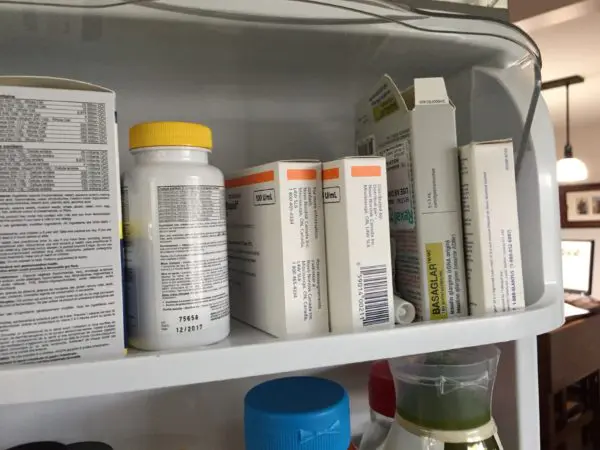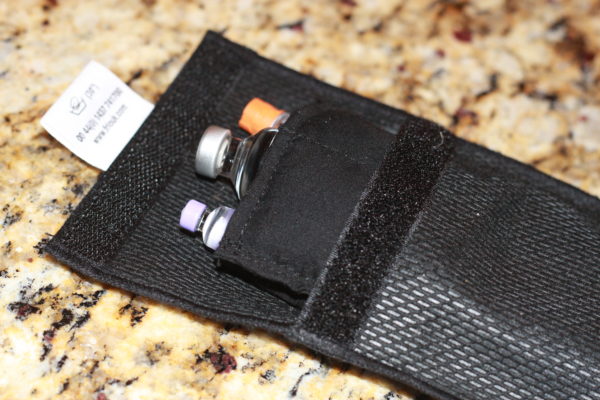Storing Insulin: make it last!
Michelle MacPhee
D-Mom, M.S. (Psychology)
If properly stored, insulin will maintain its effectiveness for months to years. Here we outline best practices in terms of insulin storage, how to protect it from heat and cold, and what signs to look for to tell you its time to toss that vial. Plus practical tips on handy, safe insulin storage from our family's personal experience.

Best Practices
It doesn’t matter if you store the opened insulin cartridge/vial in the fridge between uses – this does NOT extend the one-month time period in which insulin can be used after opening. Once opened and/or warmed to room temperature, the clock is ticking, even if you store that container in the fridge for 27 days of that month.
To keep track of when to start a new insulin cartridge or vial, it may help to mark on your calendar the date to start a new cartridge. You could slso write the date the vial/cartridge of insulin was opened on the outside of the cartridge/vial with a permanent marker (if there isn’t a space to write on, you could use a small strip of white medical tape), so you know when to replace it.
Tip from the Trenches
In our family we have chosen to store the cartridge/vial that is currently in use in a designated drawer in our kitchen (at room temperature). That way, everyone knows where to find it when needed, and the insulin is always at room temperature. (Cold insulin may sting more when injected, and may cause air bubbles when used in an insulin pump.)
~Michelle
Protect Insulin from Heat

Insulin must not get too hot (temperatures greater than 30C).
Tips for Insulin Pumps
Warning Signs that your insulin may not work anymore...
It is usually advised to throw out insulin if:
References:
The above information was significantly modified, with permission, from The Alberta Children’s Hospital Diabetes Clinic information handouts.
The above information was reviewed for content accuracy by clinical staff of the Alberta Children’s Hospital Diabetes Clinic.
SHARE THIS ARTICLE